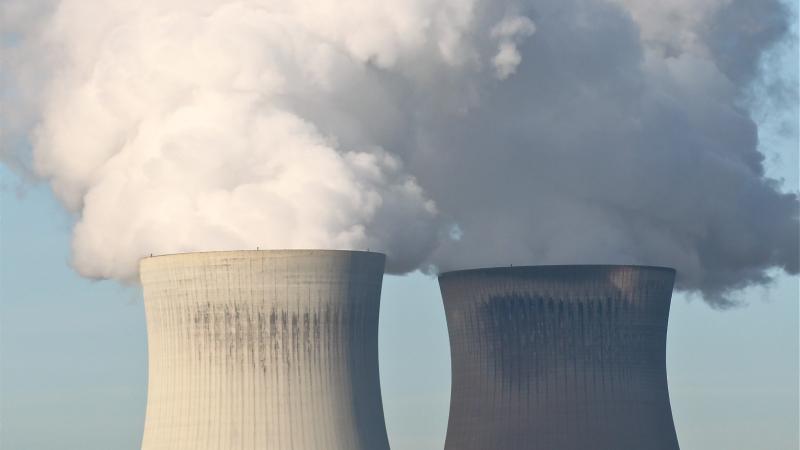January 30, 2020

Studying the effectiveness of nuclear waste storage over time is an essential, but difficult, task. If it were to be done in real time, the research would take hundreds of thousands of years.
In an article published this week in Nature Materials, a multidisciplinary team that includes Jie Lian, a professor of mechanical, aerospace, and nuclear engineering at Rensselaer Polytechnic Institute, described what researchers learned when they simulated nuclear waste storage conditions over long stretches of time. Using their findings, the researchers also suggested strategies for improving the U.S. storage plan.
The study is part of a larger effort by the Center for Performance and Design of Nuclear Waste Forms and Containers (WastePD), which is led by Gerald Frankel, professor of materials science and engineering at Ohio State University and funded by the U.S. Department of Energy through its Energy Frontier Research Center program.
A number of other institutions, including Rensselaer, participate in the center, which is tasked with conducting fundamental research related to nuclear waste storage. More specifically, the researchers associated with WastePD are studying how materials that radionuclides are stored within — like glass or ceramic — may degrade over many years of storage. The goal is to develop safer means of disposal.
“The center’s mission is about studying the fundamental behavior of material degradation,” Lian said. “Based upon fundamental understanding, we can develop tools that can design and predict materials’ performance.”
Right now, Lian explained, the U.S. plan for storing high-level nuclear waste is to isolate radionuclides into glass or ceramic waste forms that are then placed inside corrosion resistant metal containers to eventually be stored in underground repositories. At this time, the repository program in the United States is not funded, so this research is being done in anticipation of future storage.
“Rensselaer is a leader in the development and understanding of ceramic waste forms,” Lian said.
In this paper, researchers simulated repository conditions that may happen over thousands of years. For example, water may corrode the metal canister that the glass or ceramic waste forms are stored in, allowing liquid to seep in. The team found that corrosion was accelerated in models of glass and ceramic waste materials that are stored within stainless steel canisters. The researchers believe the interface between two different materials, when exposed to water, accelerates that corrosion.
In order to optimize the effectiveness of nuclear waste packages, the researchers suggest considering the compatibility of the materials being used. In addition to these fundamental findings, what researchers learn from this work will help them develop better models for predicting how storage materials will endure over time and also how to develop better materials or storage procedures.